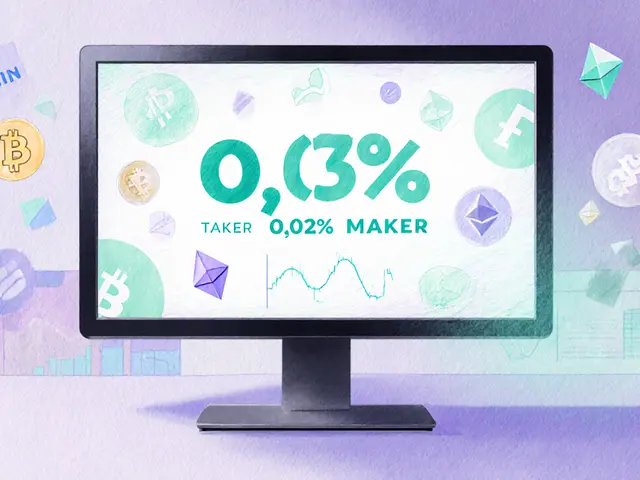Tax Implications of Airdrops
When dealing with tax implications of airdrops, the tax rules that apply when you receive free crypto tokens from a project. Also known as airdrop tax rules, they can quickly turn a pleasant surprise into a filing headache. A crypto airdrop, a free distribution of tokens by a blockchain project. Also referred to as airdrop distribution, often lands in your wallet without any action from you. Understanding cryptocurrency taxation, the way tax authorities classify and tax crypto transactions. It’s commonly called crypto tax, shapes how you report airdrop income. The Common Reporting Standard, a global framework for automatic exchange of financial account data. Also known as CRS, now extends to crypto holdings, influencing the reporting of airdrop gains.
Tax implications of airdrops touch three core areas: income classification, timing of valuation, and reporting obligations. First, most tax agencies treat airdropped tokens as ordinary income at the moment they become transferable or have a readily ascertainable fair market value. That means you must calculate the US‑dollar worth of each token on the day you can actually move or sell it, and include that amount on your tax return. Second, if you later sell or trade the tokens, any change in value becomes a capital gain or loss, measured from the initial fair‑market value you reported as income. The holding period – short‑term versus long‑term – follows the date you first received the airdrop, not the date of sale, so early airdrops can generate short‑term gains if you flip them quickly.
Second, reporting requirements differ by jurisdiction but share common threads. In the United States, the IRS expects you to list airdrop income on Form 1040, Schedule 1, and to keep detailed records of the token’s fair‑market value, transaction hashes, and receipt dates. Many platforms now provide auto‑generated transaction histories, which simplify compliance. Outside the US, the Common Reporting Standard forces financial institutions to share crypto wallet balances with tax authorities, meaning that even if you don’t file a self‑assessment, your airdrop holdings could be flagged. European countries, Canada, and Australia have all issued guidance that treats airdropped tokens as taxable income, so you’ll likely face similar documentation duties wherever you reside.
Third, practical steps can keep you from surprise tax bills. Keep a spreadsheet that logs every airdrop: project name, token symbol, date of receipt, fair‑market value at receipt, and link to a price source (CoinGecko, CoinMarketCap, etc.). When you sell, record the sale price and calculate the gain or loss against the recorded basis. Use crypto‑tax software that can import your wallet CSV files and automatically generate the required forms. If you’re unsure whether a particular distribution counts as a taxable airdrop or a non‑taxable fork, consult the project’s official documentation – projects that require you to take an action (like signing a transaction) usually create a taxable event.
What You’ll Find Below
The articles below dive deeper into specific airdrop cases, explain how different countries handle the tax side, and offer checklists for accurate reporting. Whether you’re a casual hodler curious about a single token drop or a power trader juggling dozens of airdrops each month, the collection gives you actionable insights to stay compliant and avoid costly surprises.

Learn how to report cryptocurrency airdrops, calculate fair market value, and avoid penalties. This guide covers US, Australian, UK, Canadian and German tax rules, documentation tips, and tools.
Jonathan Jennings Jun 6, 2025




